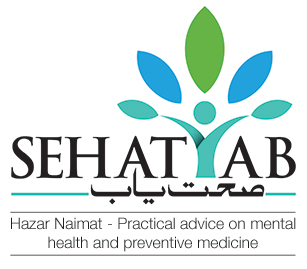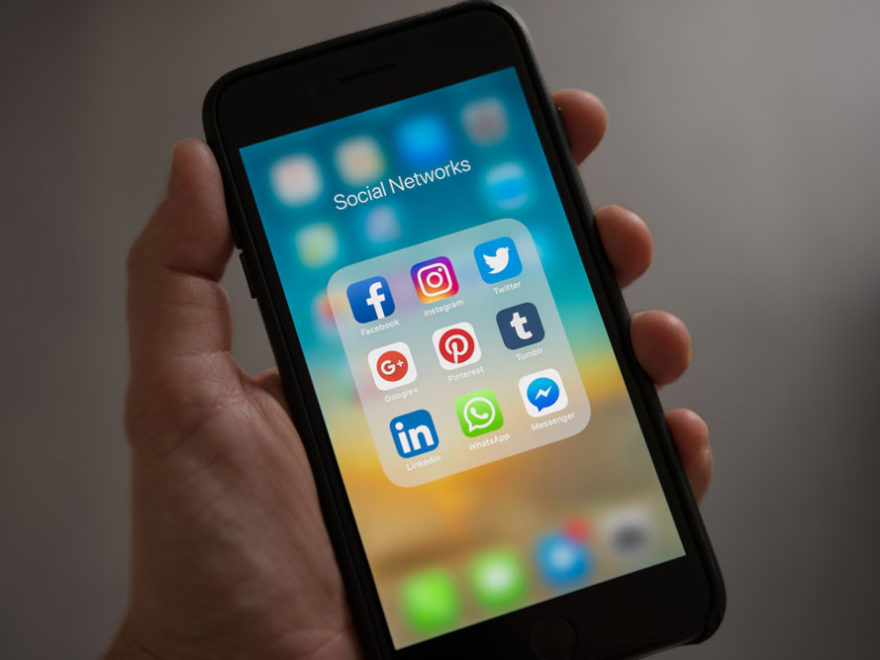Social media is evolving in front of our eyes and quickly replacing traditional social interaction with a digital one. It touches everyone connected on the internet and has become an important part of socialization within peer groups. It is undeniably changing the way one communicates and how one finds and shares information.
Digital media effects our youth not only by displacing time they spend doing homework or sleeping but also by influencing beliefs and behaviors. According to social learning theory, children and adolescents learn by observing and imitating what they see on the screen, particularly when these behaviors seem realistic or are rewarded; and it drastically effects child development.
Although there are many positive aspects of social media, the negative effects on children and adolescents are also numerous. Social media can affect both the psychological and the physical health of teens. The level of effect, according to research, seems to go up as teens’ use goes up. Their level of contentment can decrease. It adversely affects child behavior; and increases the tendency to be more narcissistic, antisocial, depressed and aggressive.
Image source: pexels.com
Many international researches suggest that digital media is also contributing to the current epidemic of childhood obesity and eating disorders. Controlled experiments have provided evidence that exposure to junk food advertising has an impact on children’s food beliefs and preferences. Apart from the influence of advertising, eating while viewing may lead to greater food consumption. Researches also show that heavy media use, particularly at night time, disturbs sleep. Children who do not get enough sleep are more likely to engage in sedentary behaviors (such as digital media-viewing) and are less likely to engage in physical activity.
Another major risk of over espouse of social media is associated with child safety, cyber-bullying and harassment. It is bad enough that there are adolescents who are victims of negative comments by peers, but many are victimized by strangers as well. Many young online users are lured by online sexual predators. Cyber-bullying is a problem that can lead the victims to suffer from depression and anxiety and is the leading cause of suicide among youth.
Heavy media-viewing in early childhood has been linked with attention-deficit disorder (ADD) and adversely affects childhood development. Researchers have identified a new phenomenon called “Facebook depression”, defined as depression that develops when preteens and teens spend a great deal of time on social media sites, such as Facebook, and then begin to exhibit classic symptoms of depression. Acceptance by and contact with peers is an important element of adolescent life. The intensity of the online world is thought to be a factor that may trigger depression in some adolescents making them at higher risk for social isolation and sometimes turn to risky Internet sites and blogs for “help” that may promote substance abuse, aggressive and self-destructive behaviors.
To date, too little has been done by parents, health care practitioners, schools, the entertainment industry, or the government to protect children and adolescents from harmful effects of modern media. It’s important to come together, help society “wake up” and see the devastating effects social media is having not only on our child’s physical, psychological and behavioral health but also on their ability to learn and sustain personal and family relationships. The best solution to this effect of social networking sites is moderating children’s access to social networking, reducing the amount of time spent on these websites and providing ample time for face to face social interaction. They should also be encouraged to engage in more physical/outdoor activities. We as parents and guardians should also monitor and control our children’s activity on the internet. For this, many useful smartphone applications are available, for example, Quality Time (Android) and Moment (iOS) to monitor family time on smartphone and social media websites, and parental control apps like Net Nanny. While technology is a train that will continually move forward, knowledge regarding its detrimental effects, and action taken toward balancing the use of will work toward sustaining our children.
If you are concerned that your loved ones spend too much time in front of a screen, are irritable during physical interactions and they are neglecting their health, hygiene and appearance then reach out to SehatYab’s Psychologists who can help and guide you to finding an effective solution to this problem.
References:
https://pediatrics.aappublications.org/content/125/4/756.full
https://www.ncbi.nlm.nih.gov/pmc/articles/PMC2792687/
https://www.ncbi.nlm.nih.gov/pubmed/22016701
https://pediatrics.aappublications.org/content/127/4/800
https://www.ncbi.nlm.nih.gov/pubmed/28446367
https://www.ncbi.nlm.nih.gov/pmc/articles/PMC4183915/
https://www.aacap.org/aacap/families_and_youth/facts_for_families/FFF-Guide/Children-and-Social-Networking-100.aspx
https://www.forbes.com/sites/alicegwalton/2017/06/30/a-run-down-of-social-medias-effects-on-our-mental-health/#277751922e5a
https://www.theguardian.com/society/2017/may/19/popular-social-media-sites-harm-young-peoples-mental-health
Carroll, J.A. & Kirkpatrick, R.L. (2011). Impact of social media on adolescent behavioral health. Oakland, CA: California Adolescent Health Collaborative.
https://cultureandyouth.org/social-media/research-social-media/social-media-and-depression/
https://www.psychologytoday.com/blog/mental-wealth/201207/electronic-screen-syndrome-unrecognized-disorder
- 5 Things to Tell Your Kids about Cyber-bullying - January 12, 2022
- Five Tips to Break Bad Habits - January 9, 2022
- Top 5 tips to Manage Depression in Teenagers - December 1, 2020
- The Effects of Stress on your Body - December 1, 2020
- The Terrifying Truth About Social Media: Impact on Adolescents - December 1, 2020
- 5 Ways to Find Peace of Mind - December 1, 2020
- نوجوانوں میں ڈپریشن سے بچاؤ کے لئے پانچ اقدام - December 1, 2020
- LIVE LONG, LIVE WELL: KEYS TO ENJOYING A LONG LIFE - November 30, 2020


